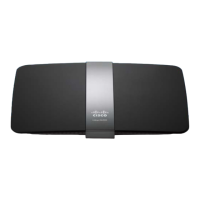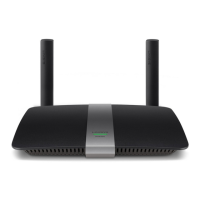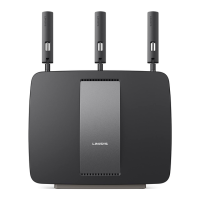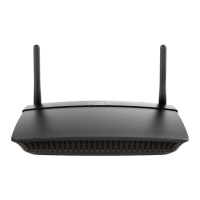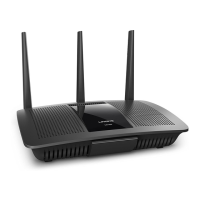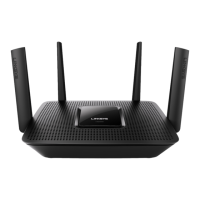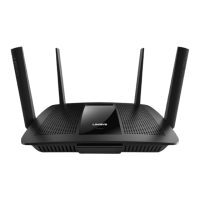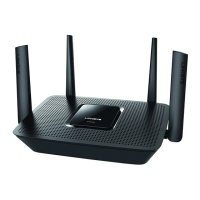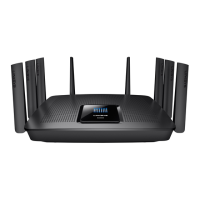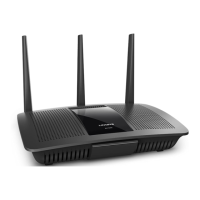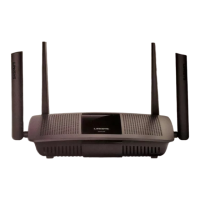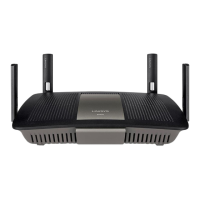To access the attached storage using a web browser:
Open a web browser.
In the browser’s address or URL field, type the address that was provided on the Status tab above, starting with ftp:/
/
... If you have DDNS (Dynamic Domain Name Service),
you can use your router’s domain name instead.
Enter your User Name and Password. This is the same User Name and Password that were set up in the shared folders Authorized users list. See “How to set up authorized users
and shared folders” on page 13.
The drive’s contents (files and folders) appear in a browser window.
Click a file to download it to your computer, or click and drag a file from your computer’s file manager to the browser window to upload a file (only if you have read and write
access).
To access the attached storage using FTP client software:
Run your FTP client software.
Refer to the software’s help to determine how to connect to an FTP site with the following information:
The address that was provided on the Status tab above, starting with
ftp://
... If you have DDNS (Dynamic Domain Name Service), you can use your router’s domain name
instead.
The User Name and Password that were set up in the shared folders Authorized users list. See “How to set up authorized users and shared folders” on page 13.
The port and encoding specified during your FTP server setup (usually port 21, and UTF-8 encoding)
Refer to the software’s help to determine how to download and upload files.
TIPS
FTP software and web browsers display FTP content in many ways,
but you can usually use these common actions to navigate through FTP
folders:
Click a folder name to open it.
Click a double period (..) or
Up to a higher level directory
to open
a parent folder.
Click or right-click a file to download or view it.
Drag a file from another window and drop it into the FTP window to
upload it. (To upload a file, your user account must have write
access.)
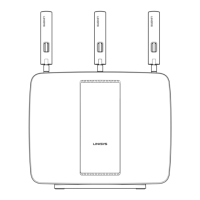
